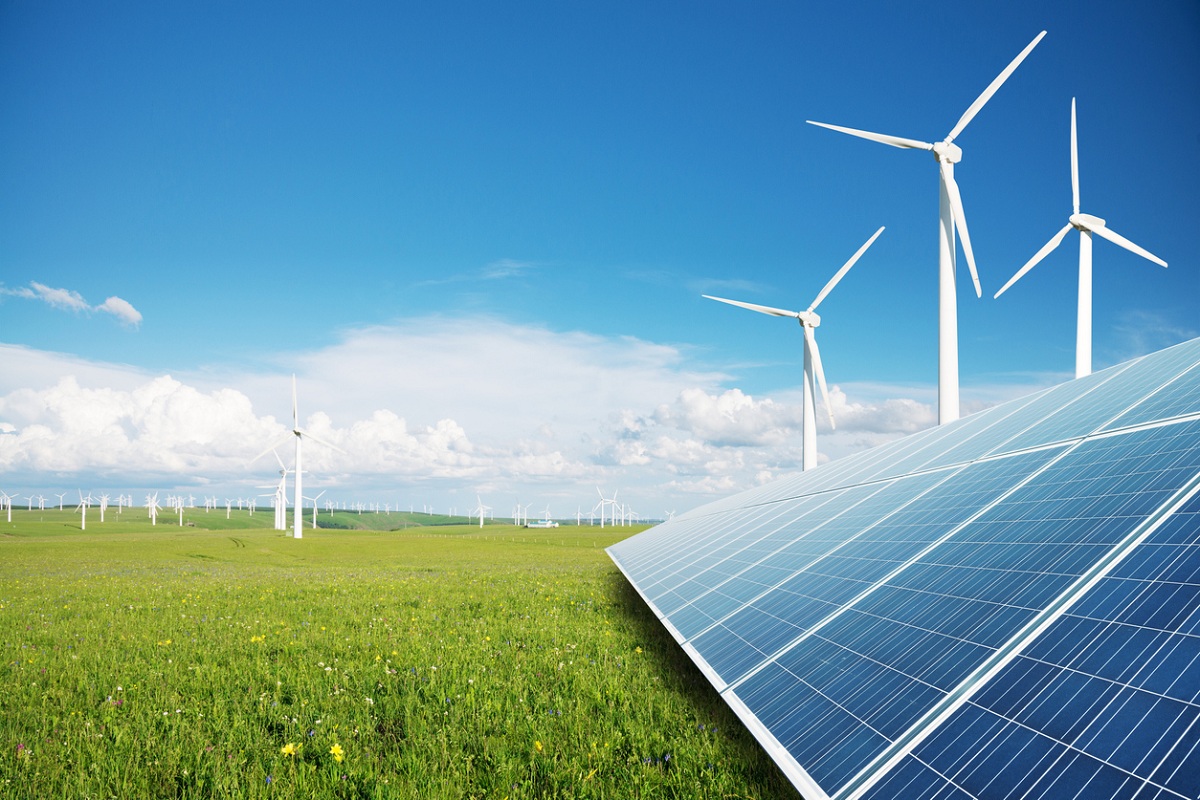Clean and green energy supply would increase 120 to 140 times in the coming future, claimed the former Chairman of Atomic Energy Commission, Dr Anil Kakodkar, while addressing a TIFAC (Technology Information, Forecasting and Assessment Council) meeting here on Wednesday.
While stressing on the lowering of energy cost, Dr Kakodkar said that the exponential increase of clean and green energy should primarily come from solar, wind and nuclear energy, said a senior officer of the Department of Science and Technology here on Wednesday.
He said India should focus on developing disruptive technologies to keep the cost competitive and meet the goal of decarbonisation by the year 2050.
“Clean energy supply would increase 120 to 140 times, and this increase has to come primarily through solar, wind, and nuclear. Share of electricity would go up primarily for e-mobility. Surplus biomass can be converted to hydrogen or hydrogen substitutes for use in industry and transportation. Carbon Capture and Utilisation (CCU) is inevitable for transition to a low carbon economy,” Dr Kakodkar said.
“We need to learn strategies for rapid deployment of pressurized heavy water reactors which are indigenous, very competitive, and high performance, as well as strategies for deployment of light water reactors and for cogeneration of hydrogen. Thrust areas for further strategies for decarbonisation include hydrogen and electric mobility, conversion of surplus agricultural residue, solar, wind, and nuclear energy to hydrogen or hydrocarbons, non-fossil heating, and refrigeration and conversion of coal to fluid fuel to minimise energy import bill. They also include CCU to minimise emission and enhancement of domestic petrochemicals production to meet demand and improve the balance of payment as well as energy security,” he said.
“Critical technologies to enable circular economy around hydrocarbon fuels and life cycle management of energy systems include steam electrolysis, thermochemical splitting of water, solar thermal, energy storage technologies, production of hydro-carbon substitutes using hydrogen and bio-mass and CCU technologies. While there is significant scope for an increase in CCU, a circular economy around carbon/hydrocarbon use would only address the challenge of net-zero emissions. We need new problem definitions, out-of-box thinking, disruptive technologies,” he added.
Dr Anil Kakodkar, an Indian nuclear physicist, was the chairman of the Atomic Energy Commission of India and the Secretary to the Government of India. He was also the Director of the Bhabha Atomic Research Centre (BARC) from 1996–2000.












